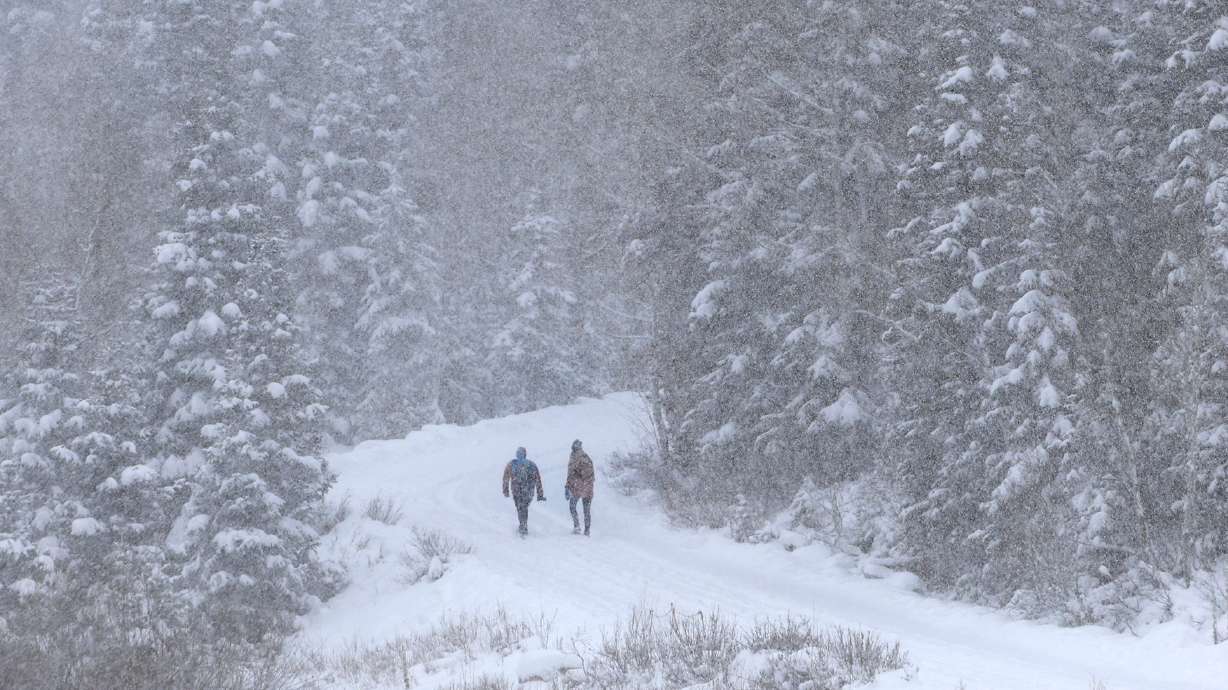Why are the Cottonwood canyons so prone to avalanches?
Apr 8, 2023, 9:00 AM | Updated: Jan 5, 2024, 11:25 am

FILE: Snowbird resort in Little Cottonwood Canyon. The avalanche risk in both Big and Little Cottonwood canyons is so unique compared to other canyons and the large amount of snow the state has received has added to that. (Scott G. Winterton, Deseret News)
(Scott G. Winterton, Deseret News)
COTTONWOOD CANYONS, Utah — In terms of avalanche risk, the Cottonwood canyons is unique compared to other canyons, and this winter’s snowpack is adding to that.
However, the Utah Avalanche Center says you can take solace in the work crews are doing to keep it safe. UAC Forecaster Greg Gagne tells KSL NewsRadio Utah’s Department of Transportation would not open Big and Little Cottonwood Canyon roads unless UDOT felt it was safe.
“They do a really, really good job at the resorts of keeping the slopes safe, and UDOT of the highways — keeping the highways safe,” Gagne said.
While there’s never zero risk heading into the mountains, Gagne said the mitigation work crews do is effective.
Why only the Cottonwood canyons?
Compared to canyons like Parleys, Gagne says the Cottonwoods are full of large avalanche paths with lots of car traffic below.
“Parleys does not have slide paths that can hit the road,” said Gagne.
And this year, the amount of snow has made the ridgelines in Cottonwoods, and Provo Canyons extra risky. Because all that snow has completely filled in avalanche paths, making them extra smooth.
Normally, if avalanches come down those paths that start around 3,000 feet above the road, they wouldn’t hit it.
But this year, “it’s a clear run down the bottom of the canyon. And that’s what makes Little Cottonwood Canyon unique,” Gagne said. “It’s like a vertical bowling alley.”
He added that he believes that’s why UDOT is being so cautious with all their closures.
Earlier this week, UDOT reported they’ve closed the canyons 30 times this season.
As for the avalanche risks as temps warm this weekend, Gagne said people should stay off slopes that are in the sun.
Read more:
- Why are the number of Utah avalanches spiking?
- Little Cottonwood Canyon is one of most avalanche-prone canyons in the world, U of U professor says













